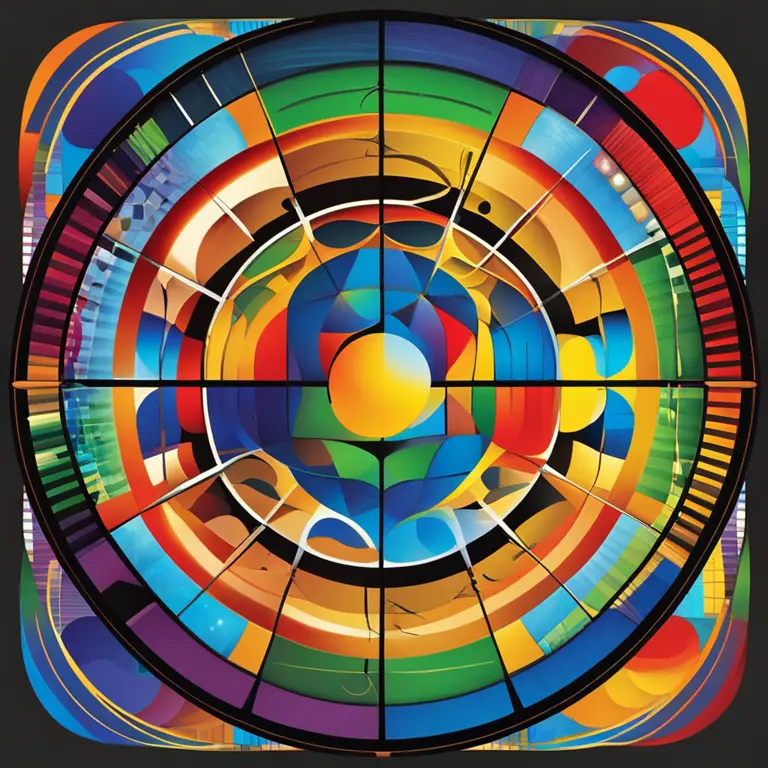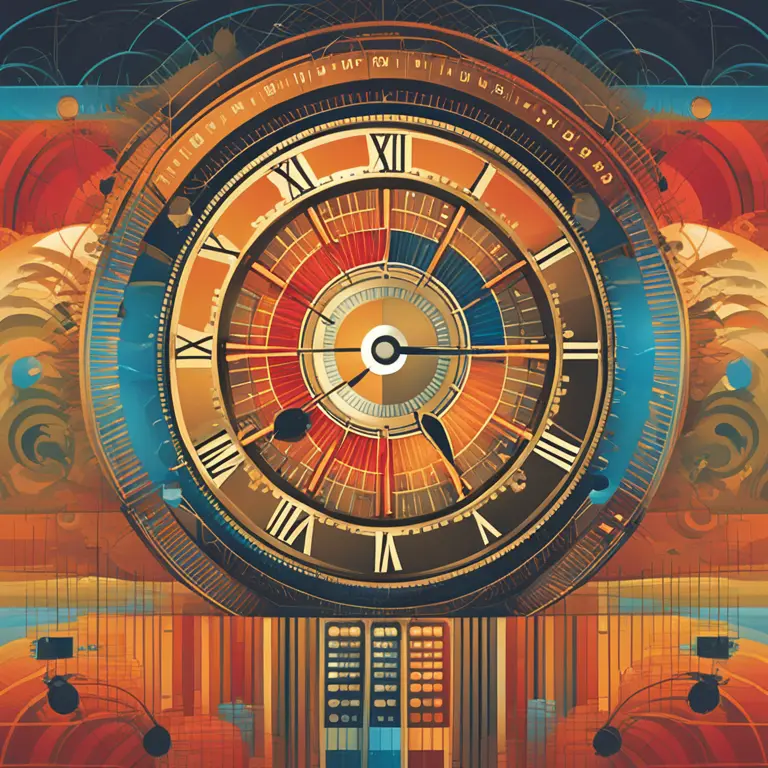
The Intricate Connection: Biorhythms and Circadian Rhythms
Delve into the complex relationship between biorhythms and our internal circadian clock, uncovering how they orchestrate the symphony of our daily lives.
article by Adrian Wallace
An Introduction to Biorhythms and Circadian Rhythms
For centuries, humans have been fascinated by the patterns of nature and how they relate to our own physiological processes. Biorhythms, a concept popularized in the early 20th century, refer to the cyclic patterns that govern various bodily functions. Circadian rhythms, on the other hand, involve the 24-hour cycles that are part of our internal clock, influencing sleep patterns, hormone release, and even behavior. Although they are distinct in their time scales and functions, biorhythms and circadian rhythms are interrelated, affecting our overall wellbeing.

Circadian Rhythms: Our Biological Clock
Circadian rhythms are deeply ingrained in the human body, coordinating with the day-night cycle to regulate fundamental physiological processes. These rhythms are controlled by a specific part of the brain called the suprachiasmatic nucleus (SCN), which acts like a master clock, synchronizing bodily functions to the rhythm of the sun. From regulating melatonin production, which impacts our sleep, to adjusting our core body temperature, circadian rhythms align us with the external environment.

Biorhythms: Beyond The 24-Hour Cycle
Biorhythms extend the concept of biological rhythms with a focus on intellectual, emotional, and physical cycles, typically spanning over days or weeks. Proponents believe that understanding these cycles can help predict and enhance performance, mood, and overall health. These rhythms are thought to start at birth and oscillate in predictable waves, dictating the highs and lows of our capabilities and dispositions.

Interplay Between Biorhythms and Circadian Rhythms
While circadian rhythms play out in a 24-hour span, biorhythms might suggest fluctuations over longer periods. Despite this disparity, both systems influence our state of being. For instance, a physical low in a biorhythm cycle might exacerbate the fatigue felt during the natural dip in one's circadian rhythm late at night. This intricate interplay can potentially impact decision-making, physical readiness, and emotional resilience.

Evidence and Scientific Scrutiny
While circadian rhythms are well-grounded in science with clear genetic underpinnings and observable effects, biorhythms remain more controversial, with mixed evidence of their efficacy and impact. Mainstream science calls for rigorous study to validate biorhythmic patterns, yet interest in their potential persists. Researchers continue to explore how tracking biorhythms might provide additional insights into personal health and performance, especially when considered alongside circadian rhythms.
Practical Applications in Everyday Life
In an age where optimal performance is sought after, understanding both biorhythms and circadian rhythms can be advantageous. Modern devices and software offer ways to track and analyze these rhythms, providing personalized guidance on the best times for sleep, exercise, and focused work. By acknowledging the influence of these complex biological processes, individuals can tailor their daily routines for improved health and wellbeing.
Future Directions and Personalized Schedules
As our knowledge expands, so too does the potential for integrating biorhythm and circadian rhythm insights into tailored health and lifestyle recommendations. With advancements in wearable technology and data analysis, the coming years may offer more precise strategies to align our activities with our body's natural patterns. This alignment promises to enhance sleep quality, optimize performance, and perhaps even extend longevity by harmonizing our cycles with the world around us.
Published: 1/30/2024
Modified: 1/30/2024
More predictions
Come back here soon to learn more about yourself and your future


Sync Your Cycles for Harmony With Biorhythms
Delve into the synchronization of personal biorhythms to enhance relationship compatibility and understand its role in fostering deeper connections.


A Guide to Biorhythms Journey
Embark on a journey of self-discovery through the science of biorhythms to optimize your life's potential.


Unlocking The Biorhythms Guide
Delve into the fascinating world of biorhythms to learn how they influence your physical, emotional, and intellectual states, potentially shaping your daily life and decisions.